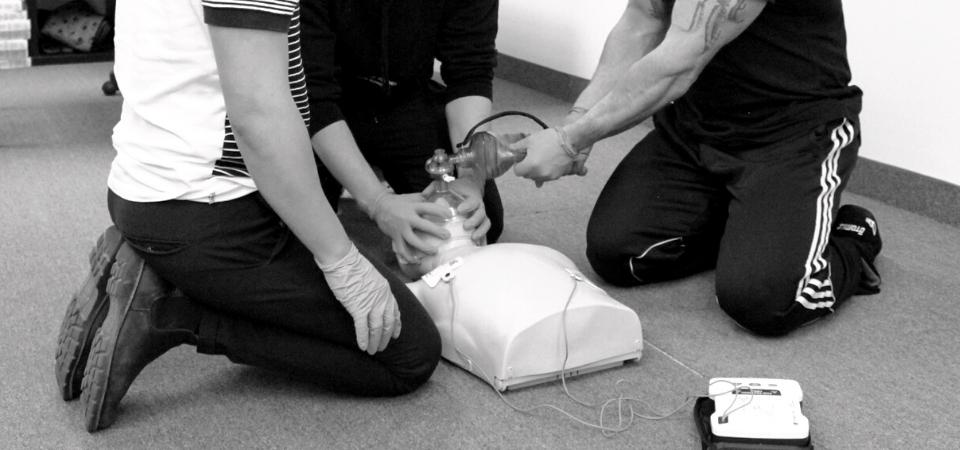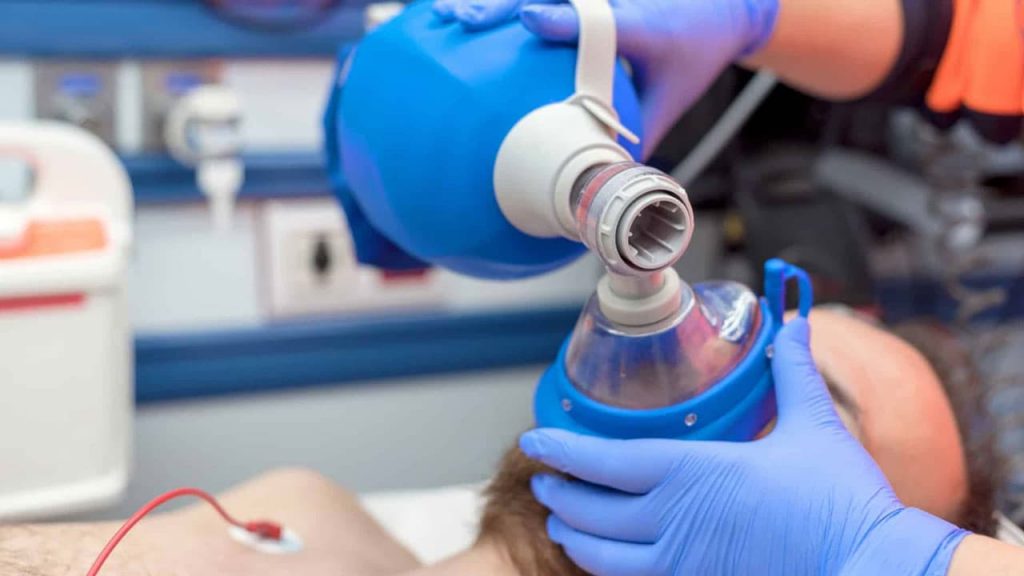All About Basic Life Support Standards
Basic Life Support (BLS-HCP) comprises cardiopulmonary resuscitation (CPR) and many different elements. These include initial assessment, airway management, oxygen therapy and chest compressions.
During a Basic Life Support course, trainees learn the basic life-saving skills required by clinical health professionals, public safety personnel, first responders, and people working in a variety of jobs, including nurses, lifeguards, dental care workers, etc. Selecting the right CPR course is crucial for ensuring that the training meets the specific needs of these diverse groups.
Basic life support skills and training help you gain knowledge on how to revive, resuscitate, or sustain someone experiencing respiratory failure or cardiac arrest from emergencies like a heart attack, stroke, drowning incident, choking for adults, children and infants, foreign object airway obstruction (FOAO), etc.
Life Support Priorities
A key element of Basic Life Support is prioritization of care. There are three main priorities during a Basic Life Support course: airway, breathing, and circulation – also known as the ABCs (response, airway, breathing, circulation). When approaching an unresponsive person, the responder must:
Ensure an open airway
Check if the person is breathing
Assess the quality of their circulation
They must know how to provide CPR if it’s needed to help the victim until additional assistance arrives. Immediate assistance is the first link in the chain of survival, especially for a heart attack victim. Responders are taught in person to check the scene for possible hazards and follow the Three C’s: Check, Call, and Care. This ensures quick action in an emergency, drives the best possible patient outcomes and promotes bystander intervention skills.
Inquire about Basic Life Support Training
Basic Steps Required during the Assessment
Learning the knowledge of the basic assessment steps is of course a vital element of BLS ensuring correct help is given during an emergency. Trainees are taught at their own pace to respond to:
Check for a response (tap the victim’s shoulder, ask if they’re okay)
Open the airway (head-tilt/chin-lift or jaw thrust) – Airway management
Check breathing and circulation (this must take 10 seconds or less)
If you cannot detect a pulse and the person is unresponsive, begin CPR
Begin CPR, giving proper chest compressions (depth and cycles vary by age and number of responders). Ensure a compression rate of 100-120 per minute
Minimize interruptions (aim for 60-80% compression time)
Use a rescue breathing mask (pocket mask) for ventilation – it acts as a protective barrier
In some cases, you may need to use a bag-valve-mask (BVM)
If the person remains unresponsive, use an automated external defibrillator (AED)

The Correct Order of CPR
Another element of Basic Life Support is understanding the correct order of CPR. The primary assessment of a patient is A-B-C (airway, breathing, circulation). These steps must be completed before beginning CPR. Follow this assessment for patients of all ages besides newborns. If you do not detect a pulse within 10 seconds, begin CPR. Complete the ABCs in cycles as you provide CPR.

Completed BLS Before?
Cycles of Cardiopulmonary resuscitation (CPR)
Understanding how to provide CPR for patients is one of the elements of Basic Life Support. CPR is done in 5 cycles per 2 minutes. The new guidelines say that compression rates of at least 100 per minute need to be kept, no matter the age of the person. Compression depth should be about 2 inches for adults and ⅓ of the chest depth for younger children and infants. The chest must be allowed to recoil after every compression. CPR should only be stopped if the rescuer needs to use an AED (automated external defibrillator) or to change position.

Basic Rules and Objectives of a First Aider
One of the main elements of Basic Life Support for a first aider is the Three Ps: preserve life, prevent deterioration, and promote recovery. A first aider must prevent death, prevent further injuries, and support healing. Basic life support training teaches the objectives of BLS, when it must be performed, and the golden rules to follow:
All medical emergencies require a systematic approach
Responders must identify and avoid risks
Support (an ambulance, additional first aiders or healthcare providers) must be requested early
Victims must always be treated with seriousness
Responders must quickly resolve any chaos hindering care
Why the Elements of Basic Life Support are Important
As a healthcare professional, it is important to understand the elements of Basic Life Support for many reasons. Your job is to provide life-saving assistance to those in need. There are certain steps that must be taken to help ensure your patient receives the best care possible. Healthcare professionals are the heroes of our communities and we count on you to provide effective care.
Coast2Coast provides Basic Life Support (BLS) courses across multiple locations, including Toronto, Mississauga, and Brampton. Our comprehensive first aid training ensures you can receive life-saving skills conveniently near you.
If you are interested in completing a Basic Life Support training course, please contact us or check out our website. We provide many BLS-HCP courses throughout Ontario on a weekly basis. If you have any questions regarding a BLS-HCP training, please do not hesitate to contact us via phone or email.




















No comment yet, add your voice below!